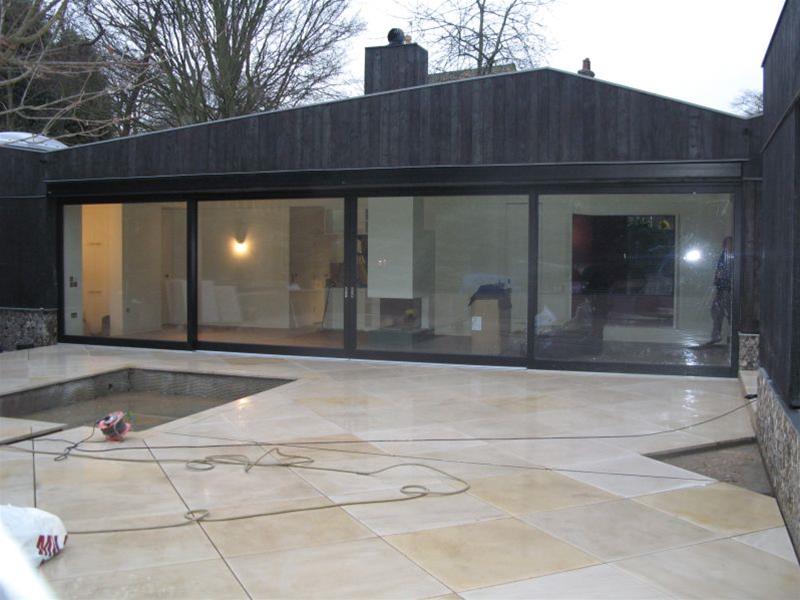Articles: Yakisugi: A History
Yakisugi was first used in 18th Century Japan as a way to treat Cedar cladding and make it weatherproof. As time went on and cheaper alternatives started to arrive in Japan in the mid 1900’s, the design and craftsman began to fade. Although examples were could still be found on old farms and rural villages.
More recently though this traditional form of cladding has started to become more popular and Yakisugi is rising in popularity all over the world, not least here in the UK. Although Cedar is traditionally used in the process other timbers can be charred in the same way in order to get the desired effect, our own charred cladding is made using British Larch.
This method of cladding is often associated with rural scenes because it is often found in Japanese rice fields and farms. It seems that Yakisugi was used to preserve the wood rather than aesthetic value when it was first used. It is only recently that architects have started specifying it for contemporary housing for how it looks.

How else has Yakisugi been utilised?
The charring of wood is becoming increasingly popular, not only for practical, but also decorative use internally. Internal uses include cladding interior walls and treating furniture like wooden benches and tables.
Fencing and decking have also been given the charred treatment along with ornamental pieces for gardens. Although not traditionally used for these kinds of products it’s always interesting to see old methods utilised in different ways.
Fun Fact
The charring process burns chemicals and carbohydrates in the timber making it naturally insect repellent. This is because the nutrients they would normally take form the wood are burned away so insects and other invertebrates like slugs and snails no longer have any use for it.







 Main Menu
Main Menu

